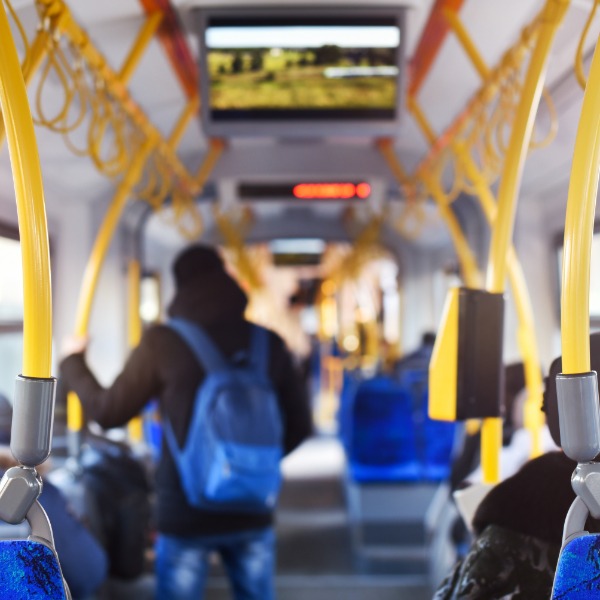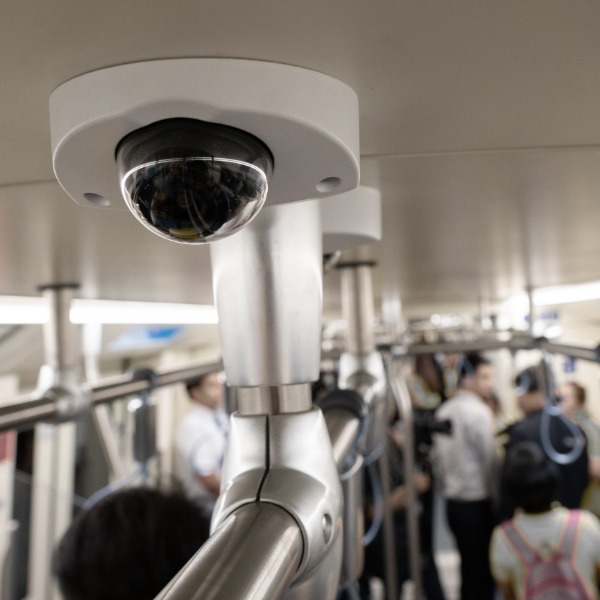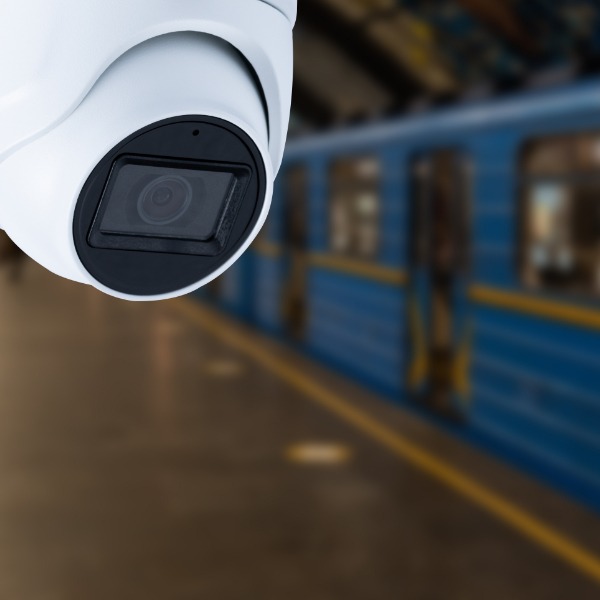Public Transportation
Introduction
We have a number of solutions including:
- People counting statistics and analysis using the most reliable real-time technology that will assist in operating and planning services. For more information, please click here.
- People counting can be coupled with our technology for preventing crime, fare evasion and anti-social behaviour. For more information, please click here.
- Observation of overhead power cables, track condition and other essential parts of a railway system with the ability to provide real-time alerts when equipment is falling outside normal parameters with GPS positions to forestall potential accidents. For more information, please click here.
- We are working on technology to identify abandoned baggage and provide a security alert.
- We are working on technology to identify potential suicides (people throwing themselves in front of a moving train).





Description
Public Transport People Counting:
Our technology offers a people-counting service to inform on the numbers of people boarding and alighting from public transport services in real-time (buses, trams and trains). This can be useful in providing reliable statistical information and analysis that will assist in planning services, both in terms of routes, frequency and the types of vehicles required. The real-time element can provide an early alert to situations where there may be a risk of overcrowding (for example on underground railways where platform capacity is in danger of being exceeded) and this allows staff to take early preventative action.
People-counting:
We can offer people-counting which can be used in conjunction with our face recognition technology. This can play an important part in preventing crime, fare evasion and anti-social behaviour. The face recognition technology can also be linked to an app which would allow rapid processing of passengers boarding and alighting from public transport. The app could be linked to an individual's card payment system so that fares are automatically debited – this can also be used where the fares vary according to distance travelled. This can speed up the process of checking tickets and 'oyster-type' cards. It can also be used to verify concessionary fares for elderly passengers or disabled passengers.
The face recognition technology can also be used to identify persons of interest (PoIs) and provide an alert to the driver or other relevant individuals when a PoI boards a public transport vehicle. Staff, when they see a passenger behaving in an unacceptable manner, can use the system to add that person to the database of PoIs.
Before deploying facial recognition technology, it is important to consider its justification. If there is evidence that it is in the public interest, that should be discussed by management and recorded in writing. It will nearly always be in the public interest to deter fare-dodgers, other criminal behaviour and anti-social behaviour.
Observation of overhead power cables, track condition and other essential parts of a railway or tram system:
Our technology offers the ability to provide real-time alerts when equipment is falling outside normal parameters with GPS positions to forestall potential accidents. This can be applied to verify that the movement of the high-voltage power supply line across the carbon-strip that surmounts a pantograph assembly is not moving outside the designed parameters. Once it is identified as moving too far in either or both directions an immediate alert is provided with the GPS co-ordinates of the place where the problem has arisen. This will usually forestall a dangerous situation where the high-power line becomes ensnared on the horns of the pantograph, resulting in danger and great expense in rectifying the problem.
Similarly, our technology can be used to monitor track condition. This can identify rails that are moving out of parallel or the levels of ballast between sleepers, where a drop in level may be an indicator of excessive water beneath the track.